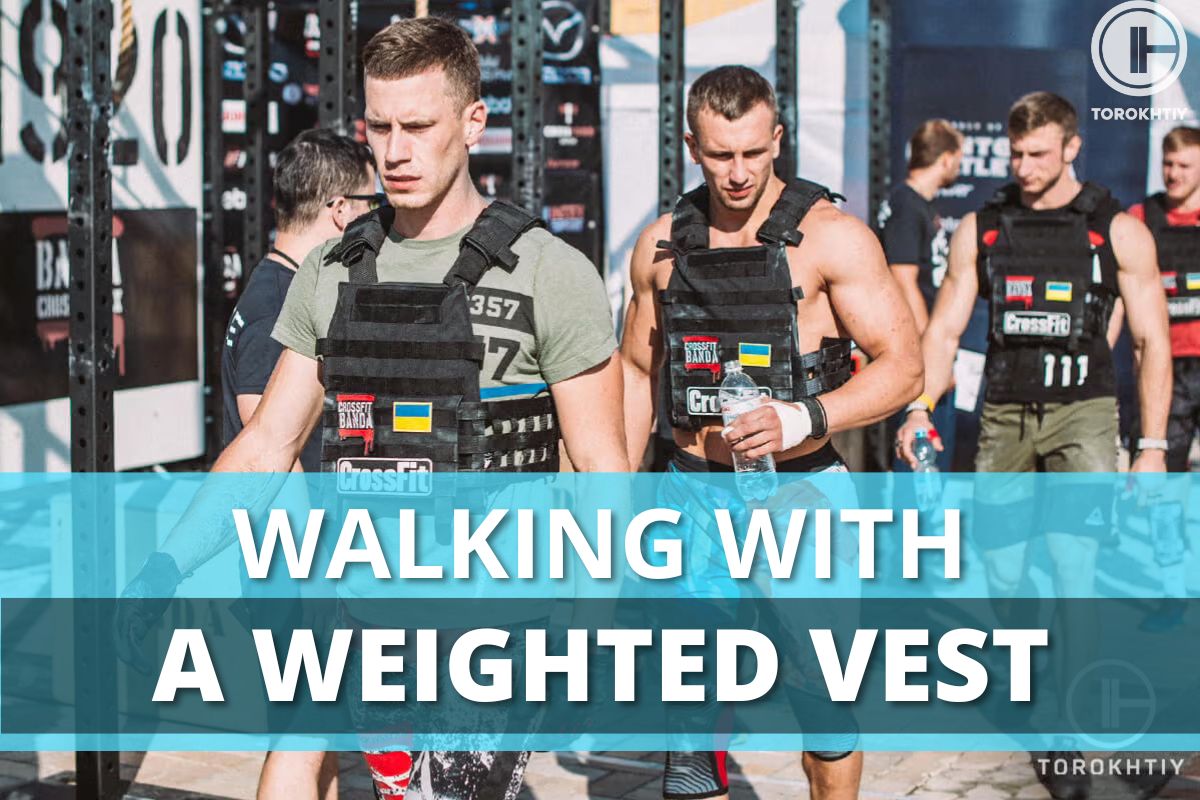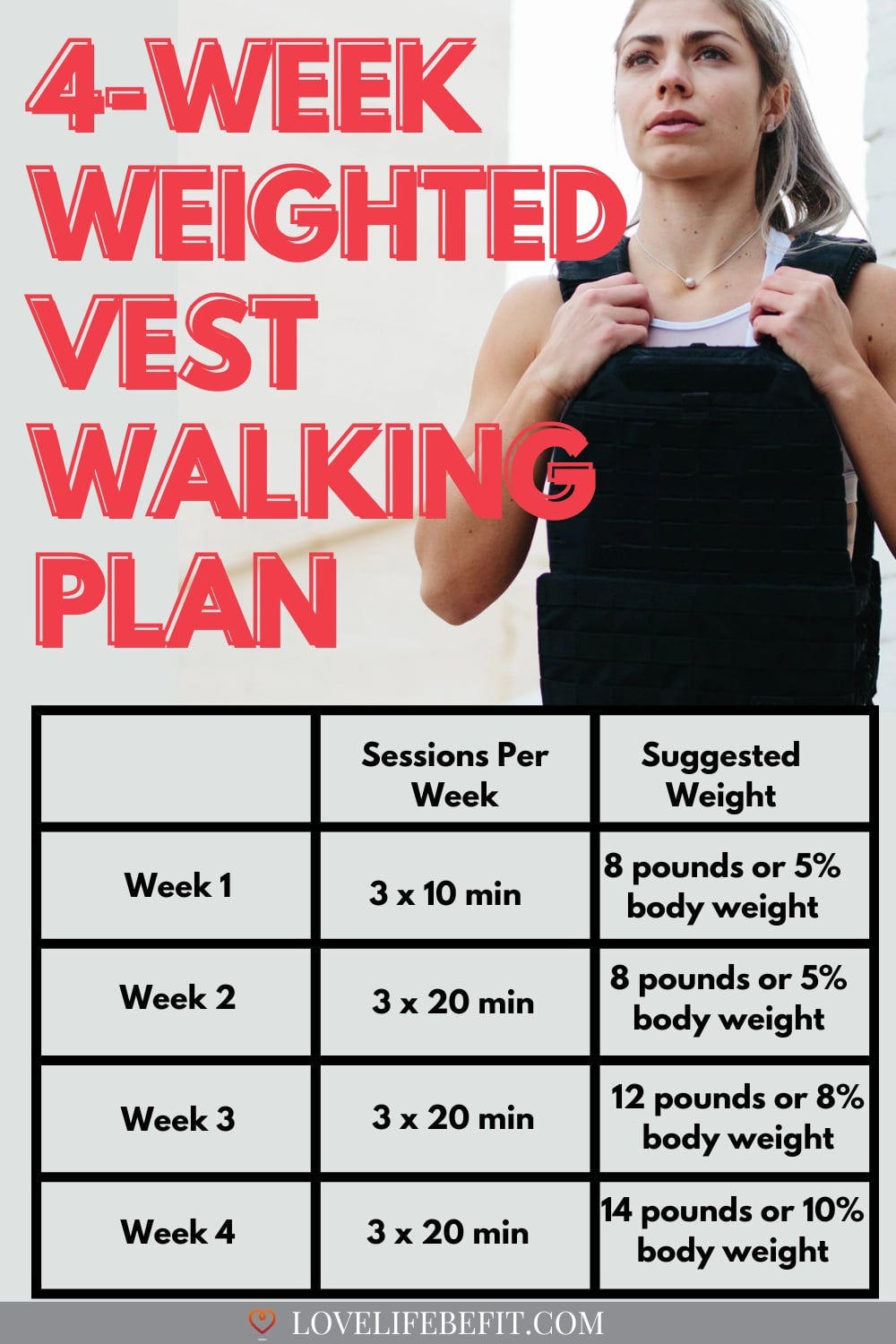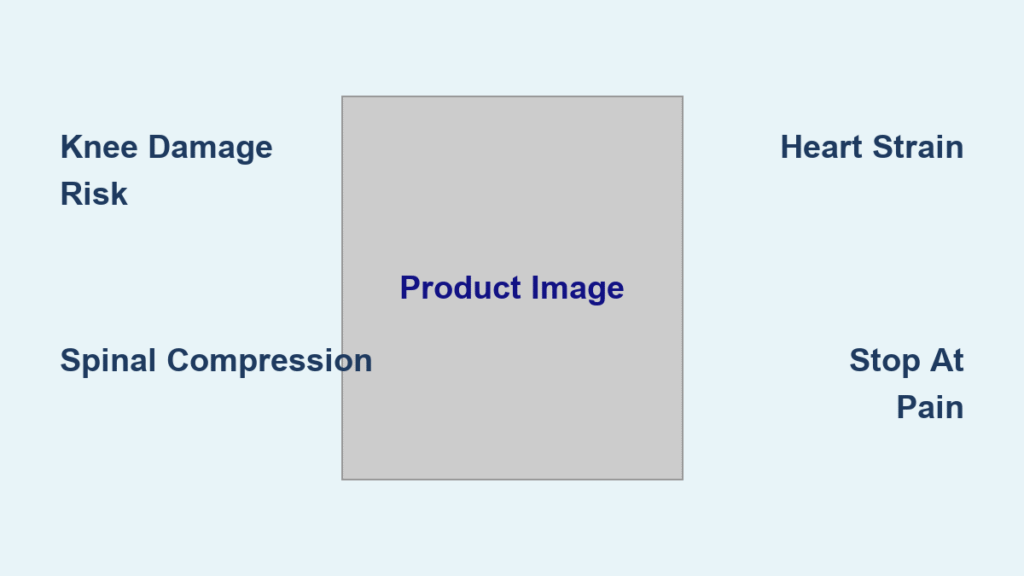That 20-pound vest might seem like a shortcut to better fitness, but it could be silently wrecking your joints. Every week, physical therapists see patients who turned a simple walk into months of knee pain or back problems—all because they strapped on extra weight without understanding the consequences. Before you add resistance to your daily stroll, here’s what actually happens to your body under the load. The risks of walking with weighted vest extend far beyond sore muscles, threatening long-term joint health and spinal integrity. This isn’t about scare tactics—it’s about recognizing how seemingly minor choices compound into irreversible damage.
Most walkers don’t realize they’re accelerating joint deterioration with every step. When you add external weight, your knees absorb forces exceeding seven times your total body load. For a 150-pound person wearing a 15-pound vest, that’s 1,155 pounds of pressure per step instead of 1,050. Over a 30-minute walk, this creates thousands of micro-impacts that degrade cartilage faster than natural aging. Unlike muscle soreness, joint damage often progresses silently until it sidelines you for good. Let’s break down exactly where your body pays the price—and how to avoid becoming another statistic.
Knee Cartilage Erosion from Amplified Impact

Your knees weren’t designed to handle exponential force spikes during walking. Every pound added to a weighted vest multiplies ground-reaction forces during the stance phase, directly compressing articular cartilage. This tissue lacks blood supply and nerve endings, so you won’t feel deterioration until significant wear occurs—by then, osteoarthritis or meniscus tears may already be irreversible.
Early Warning Signs You’re Overloading Knees
- Dull ache beneath kneecap emerging after 10 minutes of walking
- Stair-climbing pain with audible crackling or grinding sounds
- Delayed swelling appearing hours after your walk ends
- Morning stiffness lasting over 30 minutes
Here’s the critical danger: cartilage breakdown creates a vicious cycle. As cushioning thins, bones rub together, triggering inflammation that attracts destructive enzymes. This process accelerates existing osteoarthritis by up to 40% according to biomechanical studies. Worse, uneven weight distribution in cheap vests causes asymmetric loading—one knee bearing 60% of the stress—leading to unilateral damage. If you experience sharp pain during weight shifts, stop immediately; that’s your meniscus signaling imminent tear.
Hip and Ankle Damage Domino Effect
Excess vest weight cascades through your kinetic chain like falling dominos. Hip labrum tissue compresses under amplified forces, potentially causing labral tears that mimic groin strain. Simultaneously, ankle mortise joints endure 25% greater shear stress, inflaming tendons like the posterior tibialis. This explains why walkers with existing arthritis report symptom flare-ups within 48 hours of vest use—the extra load overwhelms already compromised joints. Never ignore radiating pain down your leg; it indicates nerve compression from hip or spinal involvement.
Spinal Disc Compression Leading to Herniation
How Weighted Vests Trigger Disc Damage
Axial loading from vests directly compresses spinal discs, reducing their shock-absorbing capacity. Lumbar discs bear the brunt—each vertebra experiences 10-50 extra pounds of downward force depending on vest weight. This pressure squeezes disc fluid toward the outer annulus fibrosus, turning minor bulges into full herniations that compress nerves. Cervical discs suffer too when vests pull shoulders forward, straining neck muscles that support your head’s 10-12 pound weight. The danger peaks during downhill walking when spinal compression spikes 30% higher.
Posture Collapse You Can’t Reverse
Front-loaded vests force your body into survival postures that reshape your spine:
– Rounded upper back from shoulder protraction (thoracic hyperkyphosis)
– Forward head drift adding 10 pounds of strain per inch your head moves forward
– Exaggerated lower arch (lumbar hyperlordosis) pinching facet joints
These distortions don’t self-correct. Chronic upper trap overuse weakens deep neck flexors, causing tension headaches and shoulder impingement. Worse, altered spinal alignment reduces disc nutrition by 50% since fluid exchange relies on movement—a silent killer for long-term spinal health. If your posture feels “stuck” after removing the vest, you’ve already crossed into dangerous territory.
Heart Strain and Overheating Dangers

Cardiac Stress Hidden in Plain Sight
A 20-pound vest elevates heart rate by 15-25 BPM at the same walking pace—a dangerous spike for anyone with borderline hypertension. This forces your heart to pump 20% harder, increasing myocardial oxygen demand while constricting coronary arteries. For walkers over 50 or with cardiac history, this can trigger silent ischemia (oxygen-starved heart tissue) without chest pain. Blood pressure surges may also cause micro-tears in arterial walls, accelerating atherosclerosis. Never ignore sudden shortness of breath—it’s your body screaming for oxygen it can’t deliver under load.
Trapped Heat Creating Emergency Conditions
Weighted vests act as thermal blankets, reducing your body’s heat dissipation by 40% in humid conditions. Core temperature rises faster than during unweighted walking, depleting electrolytes and triggering heat exhaustion within 20 minutes. Symptoms like dizziness or nausea often appear too late—by then, core temperature exceeds 104°F, risking organ damage. This danger multiplies if you’re taking beta-blockers or diuretics, which impair thermoregulation. Always carry water and check weather conditions; above 75°F with 60% humidity, skip the vest entirely.
Immediate Stop Signs Your Body Can’t Ignore
Critical Symptoms Requiring Vest Removal
Stop walking and remove the vest NOW if you experience:
– Shooting pain down arms or legs (nerve compression)
– Numbness/tingling in hands or feet (brachial plexus or sciatic impingement)
– Sudden leg weakness when climbing curbs (spinal cord stress)
– Chest tightness or irregular heartbeat (cardiac distress)
– Loss of balance during simple turns (vest disrupting proprioception)
These aren’t “push through” moments—they’re emergency warnings. Numbness in fingers often means shoulder straps compress the supraclavicular nerve, while radiating leg pain suggests a herniated disc pressing on sciatic nerve roots. Ignoring these signs risks permanent nerve damage or cauda equina syndrome (loss of bladder control), requiring immediate surgery. When in doubt, stop and consult a physical therapist before continuing.
Safe Loading Rules Backed by Biomechanics

The 10% Body Weight Limit That Prevents Injury
Never exceed 10% of your total body weight in vest load—this isn’t arbitrary but based on ground-reaction force thresholds. For a 180-pound walker, that’s 18 pounds maximum (including vest base weight). Exceeding this triggers exponential joint stress without proportional fitness gains. Start at just 5% body weight (9 pounds for 180 lbs) for 10-minute walks, monitoring for pain during the first 48 hours.
Proven Progression Schedule for Injury-Free Gains
| Week | Vest Weight | Walk Duration | Critical Checkpoints |
|---|---|---|---|
| 1-2 | 5% body wt | 10-15 min | Zero knee/back pain during or after |
| 3-4 | 5-7% | 15-20 min | Maintain natural arm swing without hunching |
| 5-6 | 7-10% | 20-30 min | No delayed swelling or stiffness |
| 7+ | ≤10% max | 30 min | Pass single-leg balance test (30 sec) |
Critical: If pain appears, drop back TWO weeks in progression. Rushing causes 73% of vest-related injuries according to sports medicine clinics. Always pair vest walks with daily core exercises like bird-dogs to stabilize your spine.
Who Must Avoid Weighted Vests Entirely
Absolute Contraindications (Zero Exceptions)
- Spinal stenosis or spondylolisthesis (vests worsen nerve compression)
- Active disc herniation (any spinal level—loading accelerates nerve damage)
- Osteoporosis with fractures (axial load risks new compression breaks)
- Uncontrolled hypertension (>140/90 systolic)
- Recent joint replacement (altered biomechanics increase dislocation risk)
- Pregnancy (abdominal pressure compromises fetal circulation)
High-Risk Groups Needing Medical Clearance
Walkers over 50, those with BMI >30, or anyone with cardiac devices must get physician approval. Balance disorders double fall risk when wearing vests—studies show 68% of older adults wearing vests >5% body weight experience instability. Rheumatoid arthritis patients often flare within days due to amplified joint inflammation. If your doctor says “no,” respect that boundary; your long-term mobility depends on it.
Safer Alternatives That Actually Build Strength
Proven Methods Without Joint Destruction
- Treadmill incline walking: 5-8% grade increases calorie burn 30% without axial load
- Nordic walking poles: Engage 90% more upper body muscles while reducing knee force by 20%
- Post-walk resistance circuits: 2 sets of bodyweight squats/lunges target muscles without gait disruption
- Speed intervals: Alternate 1-minute brisk walks with 2-minute recovery (builds power safely)
These methods provide superior bone density benefits than weighted vests without spinal compression risks. Research confirms incline walking increases tibial bone density 12% faster than vest walking over 6 months—proving safer options deliver better results.
Bottom Line: Your Future Self Will Thank You for This Choice
Weighted vest walking isn’t inherently dangerous—but ignoring its risks of walking with weighted vest guarantees injury for most users. The difference between benefit and disaster lies in respecting physiological limits: never exceed 10% body weight, stop at the first sign of pain, and get medical clearance if you’re over 50 or have pre-existing conditions. When UCLA Sports Medicine’s Dr. Sharon Hame says “anyone with back issues should avoid vests entirely,” she’s seen too many patients trade short-term gains for permanent damage. Stick to evidence-based progression, prioritize posture preservation, and choose alternatives like incline walking. Your knees and spine will still function when peers are scheduling joint replacements. Remember: true fitness isn’t about adding weight to your walk—it’s about walking strong for decades to come.





